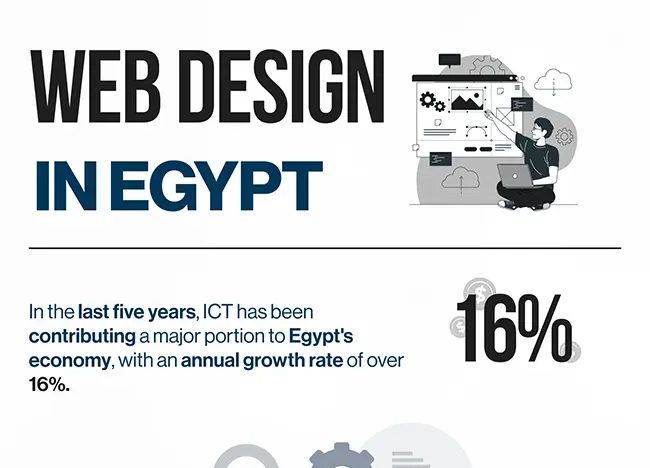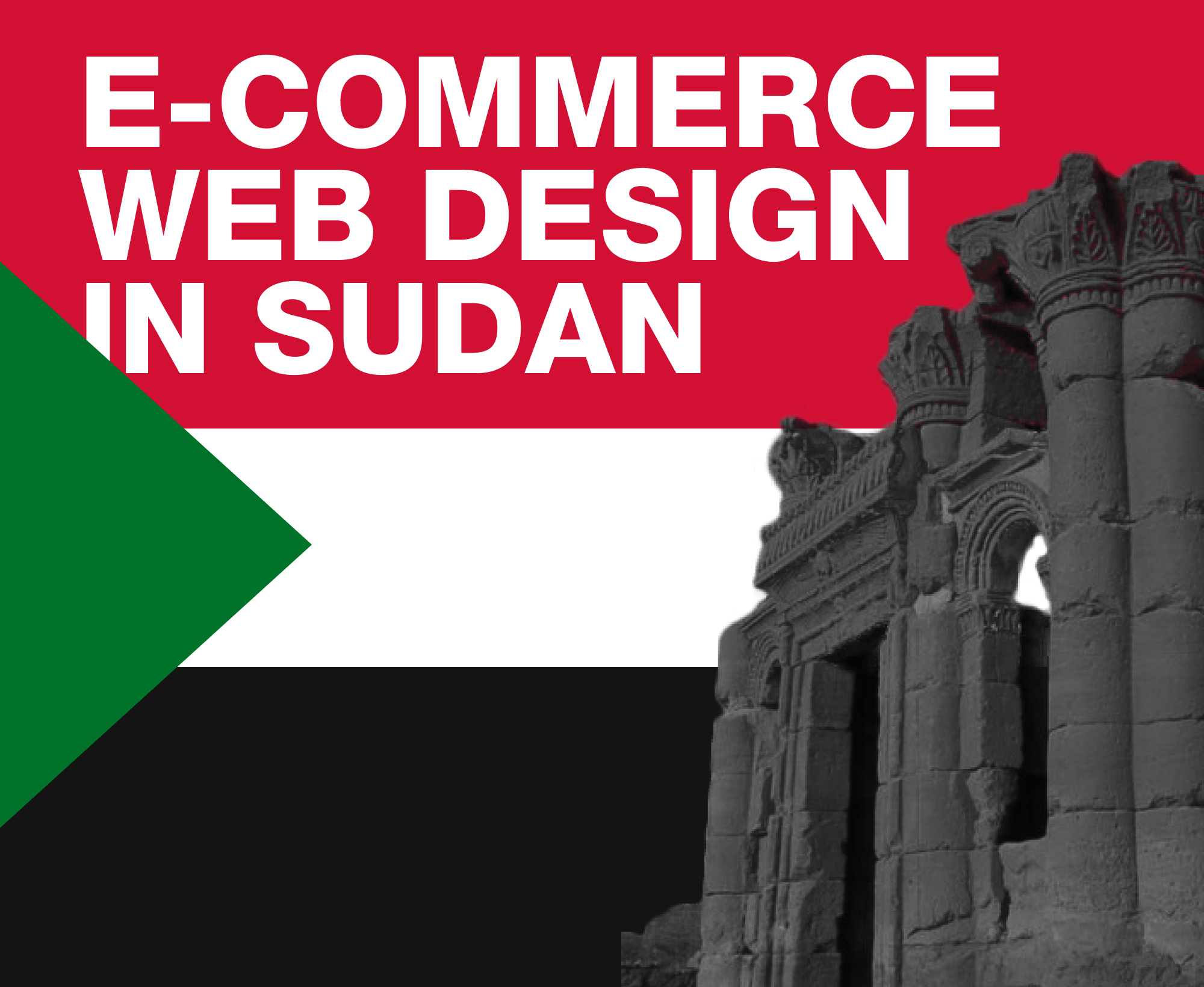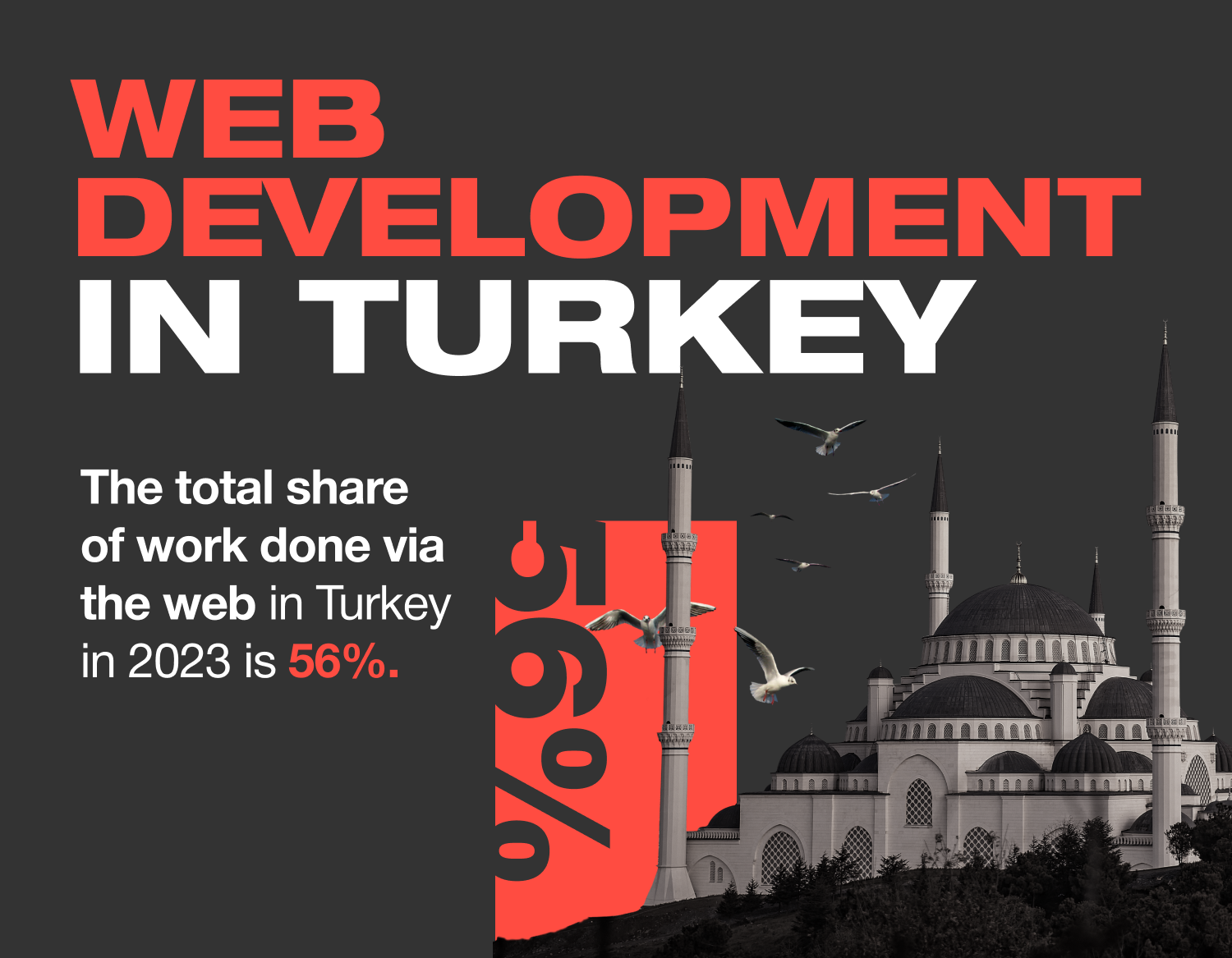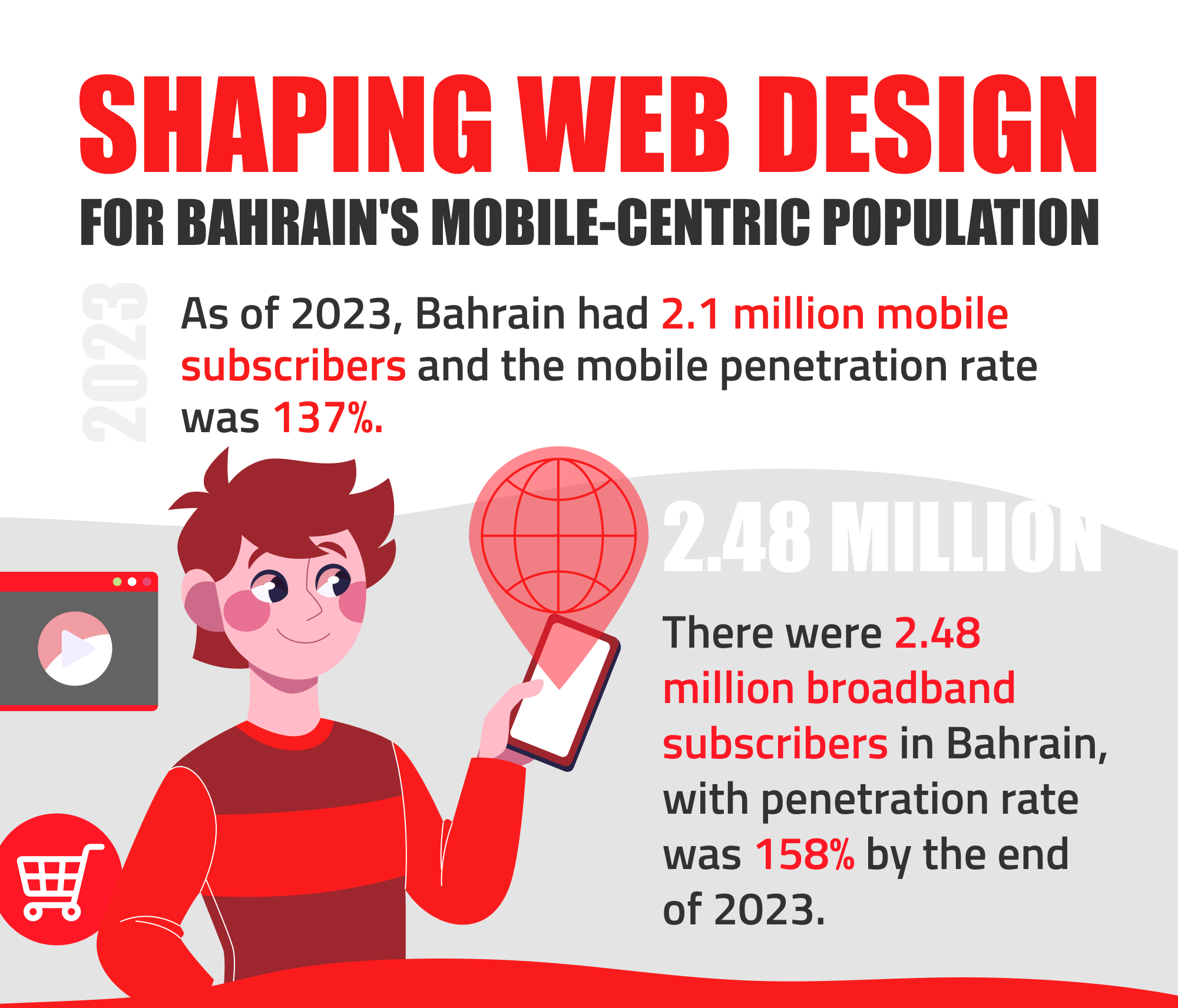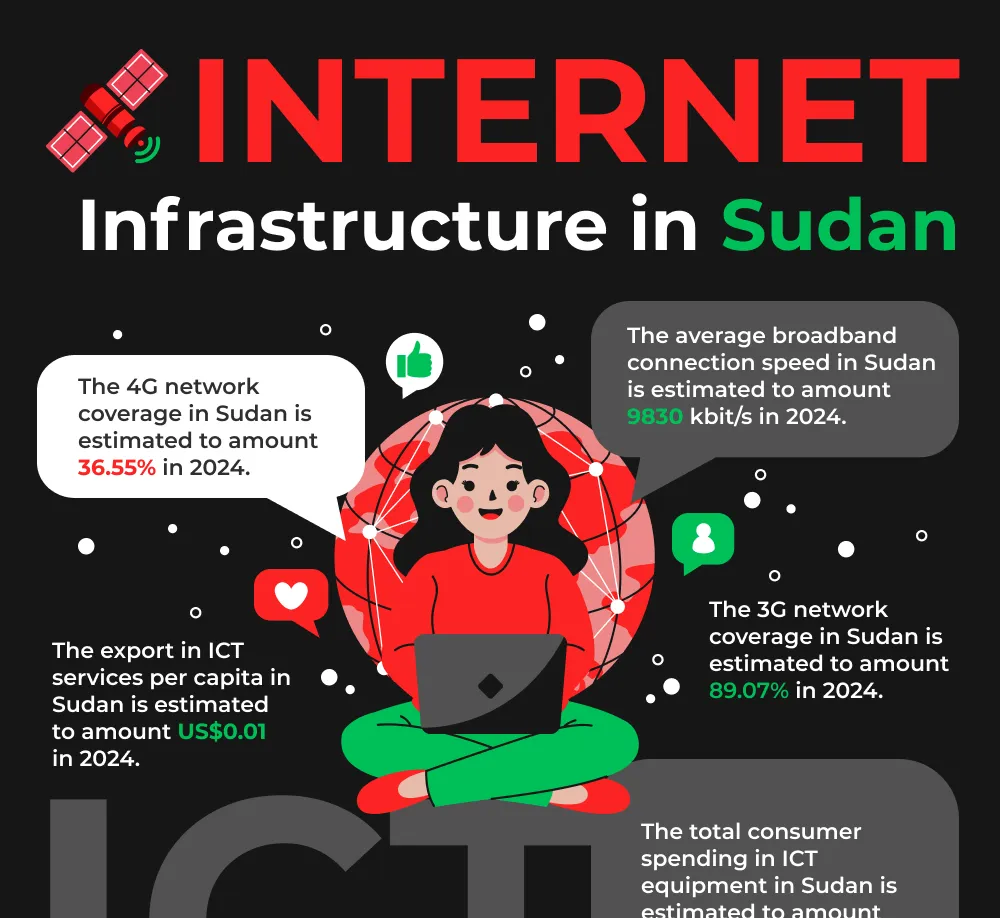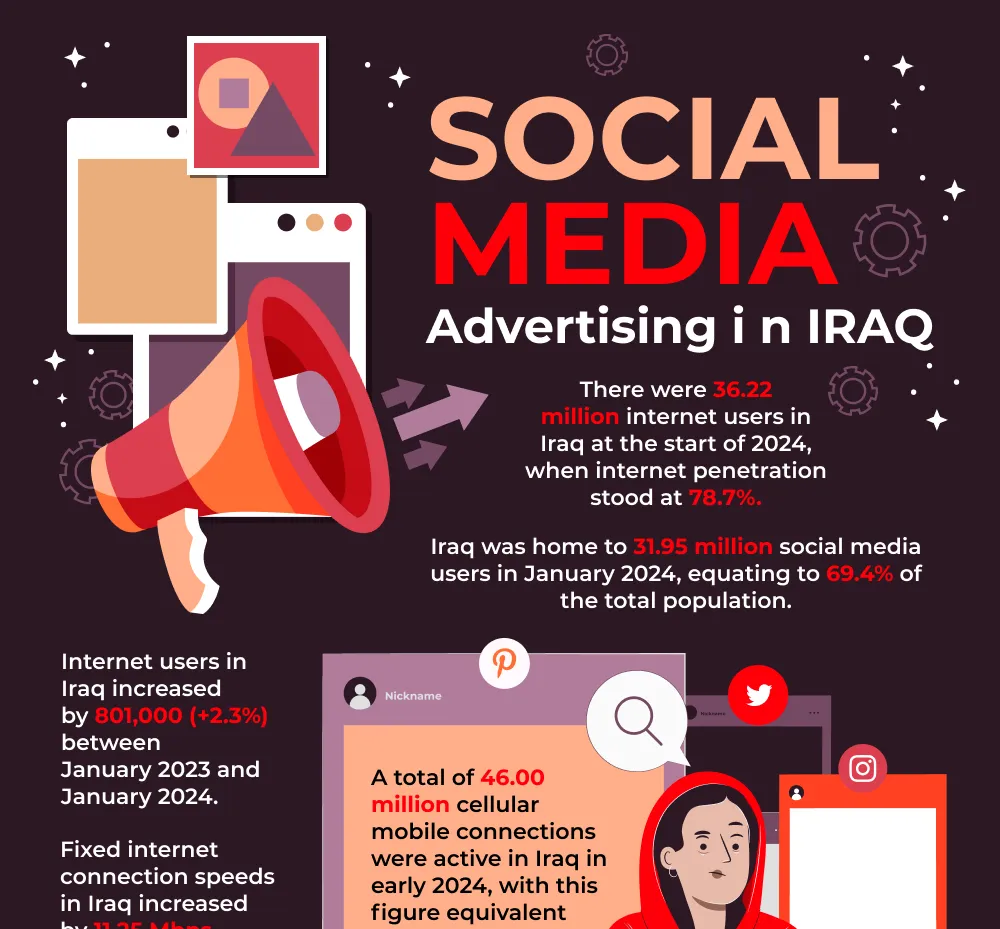Introduction
In the thriving digital landscape of Qatar, the e-commerce boom is reshaping how businesses connect with consumers. As online shopping becomes an integral part of the Qatari consumer experience, the role of web development in creating successful online stores has never been more critical. This exploration delves into the key factors driving the e-commerce surge in Qatar and the strategies web developers employ to craft compelling and efficient online platforms.

Infographics by GO-Globe E-Commerce Qatar
Paving the Way for E-Commerce
Rapid Internet Penetration
Qatar's digital transformation is characterized by rapid internet penetration, providing a robust foundation for the e-commerce boom. With a tech-savvy population, businesses can tap into a vast online audience, setting the stage for the success of online stores.
Mobile-Centric Consumer Base
The prevalence of smartphones in Qatar defines a mobile-centric consumer base. Web development strategies prioritize mobile responsiveness, ensuring that online stores are optimized for seamless experiences on various devices, from smartphones to tablets.
User-Centric Web Development Strategies
Cultural Sensitivity and Localization
User-centric web development in Qatar begins with a deep understanding of local cultural nuances. From the use of language to visual elements, websites should resonate with Qatari values and traditions, creating a sense of familiarity and connection. Tailoring content to align with Qatari preferences is also critical. This includes using imagery, colors, and symbols that are culturally relevant, ensuring that the website feels welcoming and relatable to the local audience.
Mobile-First Design for On-the-Go Users
Given the high prevalence of smartphones, user-centric web development in Qatar prioritizes mobile responsiveness. Websites should seamlessly adapt to various screen sizes, providing an optimal viewing and interaction experience on mobile devices. Touch friendly navigation ensures that users can easily navigate the website using touch gestures, enhancing the overall usability of the platform on smartphones and tablets.
Intuitive User Interfaces (UI) and User Experiences (UX)
User-centric web development emphasizes streamlined navigation. Websites should offer intuitive menus and clear pathways to information, reducing the effort required for users to find what they are looking for. Understanding user behavior is key to creating personalized user journeys. This involves employing analytics tools to gather insights and tailoring the website experience based on individual preferences, enhancing overall satisfaction.
Responsive E-Commerce Features
For e-commerce platforms, user-centric development focuses on creating seamless shopping experiences. This includes intuitive product searches, efficient checkout processes, and personalized product recommendations based on user preferences. Users should have access to clear descriptions, prices, and specifications, fostering trust and aiding informed purchasing decisions.
Performance Optimization
Fast Loading times and efficient data handling is extremely crucial for user-centric web development. Optimizing performance ensures that users experience swift interactions, reducing the likelihood of bounce rates and enhancing overall satisfaction. Websites should be designed to handle data seamlessly, ensuring that users can access information without delays or disruptions.
Feedback Mechanisms
User-centricity involves creating feedback mechanisms. This allows users to provide insights and opinions, enabling continuous improvement based on real user experiences and preferences. Usability testing is also integral to user-centric web development. Conducting regular tests ensures that websites evolve in response to changing user needs and technological advancements.
Seamless Integration of E-Commerce Technologies
Secure and Convenient Payment Gateways
E-commerce success in Qatar hinges on the seamless integration of secure and convenient payment gateways. Web developers prioritize the implementation of trusted payment methods, ensuring a smooth and secure checkout process for Qatari consumers.
Real-Time Inventory Management
Efficient web development includes real-time inventory management systems. This ensures that online stores in Qatar provide accurate product availability information, reducing instances of order cancellations and enhancing customer satisfaction.
Innovative Start-Up Ecosystem
Qatar's e-commerce landscape witnesses the emergence of innovative start-ups and entrepreneurial ventures. Web developers play a crucial role in supporting these ventures by providing scalable and feature-rich online platforms that cater to niche markets and consumer demands.
Agile Development for Rapid Market Entry
Web development strategies in Qatar's e-commerce sector embrace agility, allowing start-ups to enter the market swiftly. Rapid development cycles, coupled with continuous improvement, enable businesses to adapt to evolving consumer preferences.
Data-Driven Insights and Regulations
Analytics and Customer Insights
Web developers leverage analytics tools to gather data-driven insights into consumer behavior. These insights inform strategic decisions, such as personalized marketing campaigns, inventory management, and overall business growth strategies tailored to the Qatari market.
Predictive Analytics for Future Trends
Predictive analytics are employed to anticipate future trends and consumer preferences in Qatar. Web development strategies incorporate these insights, allowing businesses to stay ahead of the curve and proactively adapt to market dynamics.
Adherence to E-Commerce Regulations
Web developers ensure that online stores in Qatar adhere to e-commerce regulations, and prevent them from cybersecurity attacks. Compliance with local laws and regulations builds trust among consumers, reassuring them that their transactions are secure and protected by legal frameworks. This includes secure socket layer (SSL) encryption, data encryption during transactions, and regular security audits to safeguard sensitive customer information.
Challenges and Solutions for Using E-Commerce to Create Successful Online Stores in Qatar
Mobile-Centric Navigation Complexity
Challenge: With a population heavily reliant on mobile devices, ensuring consistent and effective user experiences across diverse devices and platforms can be complex.
Solution: Prioritize mobile-first design principles. Implement responsive web design techniques to ensure that online stores function seamlessly across a variety of devices, screen sizes, and resolutions.
E-Commerce Security Concerns
Challenge: Security is a paramount concern for online shoppers. Ensuring secure transactions and protecting sensitive customer information is a challenge that demands robust cybersecurity measures.
Solution: Implement SSL encryption, secure payment gateways, and regular security audits. Clearly communicate the security measures in place to build trust among users.
Logistics and Delivery Challenges
Challenge: Providing efficient last-mile delivery services in Qatar's diverse and growing urban landscape poses logistical challenges.
Solution: Collaborate with reliable local logistics partners. Implement real-time tracking mechanisms to keep customers informed about their orders' status.
Payment Gateway Integration Issues
Challenge: Qatar has a diverse population with varied payment preferences. Integrating multiple payment gateways to cater to these preferences can be complex.
Solution: Collaborate with local banks and payment providers to integrate popular local payment methods. Offer a variety of payment options to enhance user convenience.
Establishing Credibility in a Competitive Market
Challenge: Gaining the trust of Qatari users and establishing brand credibility in a competitive market can be challenging, especially for new entrants.
Solution: Implement transparent business practices. Showcase customer testimonials, certifications, and affiliations prominently on the website to build trust.
Internet Connectivity and Speed
Challenge: While internet penetration is high, ensuring fast loading times for websites across varying internet speeds can be a challenge.
Solution: Optimize website performance by compressing images, using efficient coding practices, and leveraging content delivery networks (CDNs) to ensure faster page loading.
Competition from Local and Global Players
Challenge: The e-commerce market in Qatar is competitive, with both local and global players vying for consumer attention.
Solution: Develop a unique value proposition. Offer personalized services, exclusive deals, or a niche product range to differentiate the online store from competitors.
Keeping Pace with Technological Evolution
Challenge: The rapid evolution of technology demands constant updates and adaptations to stay current, posing a challenge for web developers.
Solution: Invest in ongoing training for web development teams. Stay informed about technological trends and continuously update the online store's features to meet evolving user expectations.
Crafting Successful Online Stores in Qatar through E-Commerce Web Development: Facts, Figures and Statistics
- The Qatar E-Commerce Market size is expected to grow from US$3.82 billion in 2023 to US$5.99 billion by 2028, at a CAGR of 9.40% during the forecast period (2023-2028).
- Retailers made 50-60% of the anticipated sales during the first week of 2022 FIFA World Cup.
- Qatar ranks eighth in the business-to-consumer sector of e-commerce, as per the number of transactions in the Middle East and North Africa.
- At the beginning of 2023, there were 2.68 million internet subscribers in Qatar, with internet penetration reaching 99%.
- The mobile connections accounted for a total of 4.89 million in 2022.
- In 2023, the IT Software market in Qatar is expected to generate a revenue of US$346.50m.
- Among the different segments, Enterprise Software is projected to dominate the market with a market volume of US$142.00m in the same year.
- Qatar is one of the smaller markets for eCommerce with a predicted revenue of US$382.9 million by 2023.
- Revenue is expected to show a compound annual growth rate (CAGR 2023-2027) of 4.8%, resulting in a projected market volume of US$462.5 million by 2027
- With an expected increase of 12% in 2023, the Qatari eCommerce market contributed to the worldwide growth rate of 8.7% in 2023.
- The eCommerce Software market in Qatar is anticipated to witness a substantial growth in revenue, with projections indicating that it will reach US$4.03m in 2023.
- Seven markets are considered within the Qatari eCommerce market for distributing market share:
- Hobby & Leisure - 24.7% of the Qatari eCommerce revenue
- Electronics - 22.7%
- Fashion - 18.0%
- Furniture & Homeware - 11.4%
- Care Products - 8.5%
- DIY - 7.9%
- Grocery - 6.7%.
Qatar Ecommerce Market Leaders
- Carrefour
- Amazon.com, Inc.
- Lulu Hypermarket
- AlAnees Qatar
- AliExpress.com
Conclusion
In conclusion, the e-commerce boom in Qatar is intricately tied to the effectiveness of web development strategies. From user-centric designs to seamless technological integrations and a keen understanding of the local market, web developers play a pivotal role in crafting successful online stores. As Qatar's e-commerce landscape continues to evolve, the synergy between innovative web development and entrepreneurial ventures positions the country at the forefront of the digital commerce revolution. Navigating the e-commerce horizon in Qatar requires not only technical expertise but also a deep appreciation for the cultural and technological nuances that define the Qatari consumer experience.
FAQs
Q1: How important is cultural sensitivity in web development for online stores in Qatar?
A: Cultural sensitivity is paramount. Understanding local nuances and preferences ensures that the website resonates with the Qatari audience, fostering a sense of familiarity and trust.
Q2: What steps can be taken to ensure mobile-centric navigation in online stores for Qatar's diverse devices?
A: Prioritize mobile-first design principles. Implement responsive web design to guarantee optimal user experiences across various devices, meeting the diverse needs of the Qatari consumer base.
Q3: How can e-commerce security be ensured for online transactions in Qatar?
A: Implement robust cybersecurity measures, including SSL encryption, secure payment gateways, and regular security audits. Clearly communicate these security features to instill confidence in users.
Q4: What challenges are associated with last-mile delivery in Qatar, and how can they be addressed?
A: Logistics and delivery challenges are common. Collaboration with reliable local partners and the implementation of real-time tracking mechanisms help overcome these challenges and enhance the overall delivery experience.
Q5: How can online stores cater to diverse payment preferences in Qatar?
A: Collaborate with local banks and payment providers to integrate popular payment methods. Offering a variety of payment options ensures user convenience and accommodates diverse preferences.
